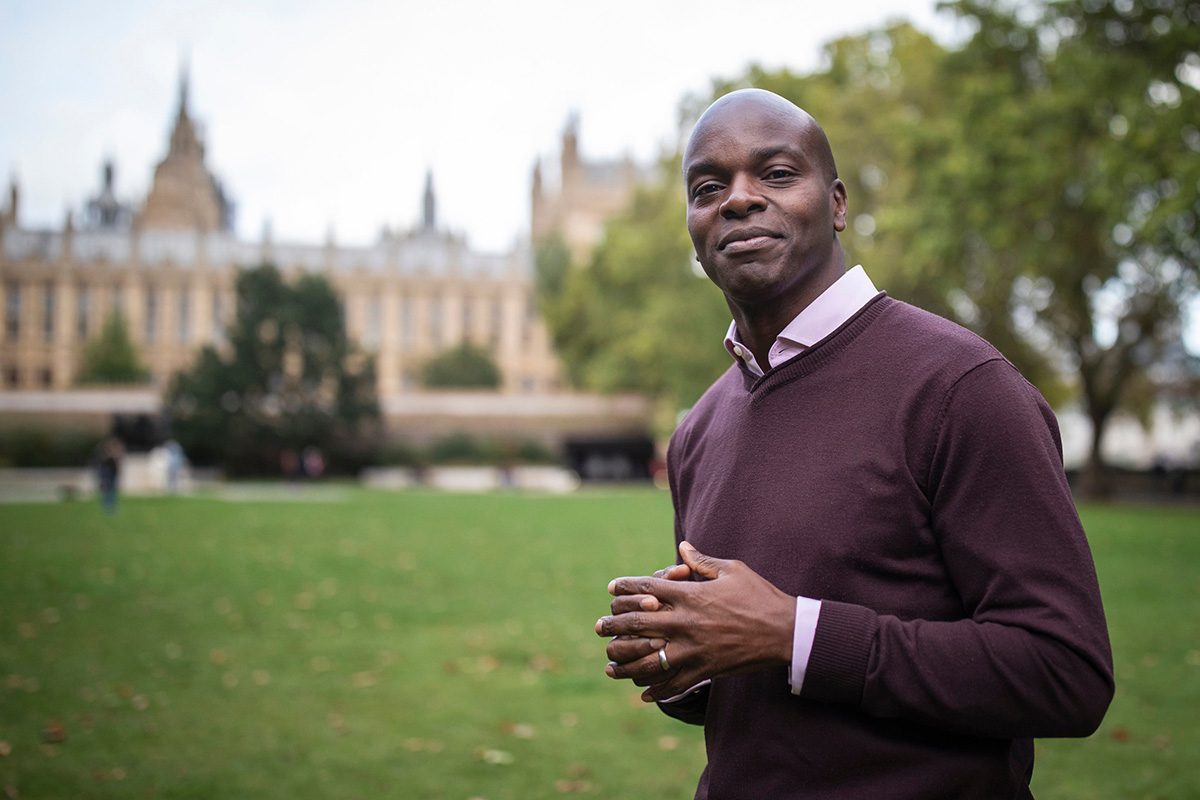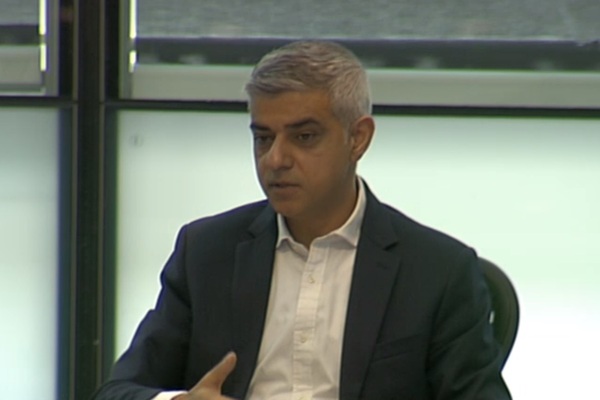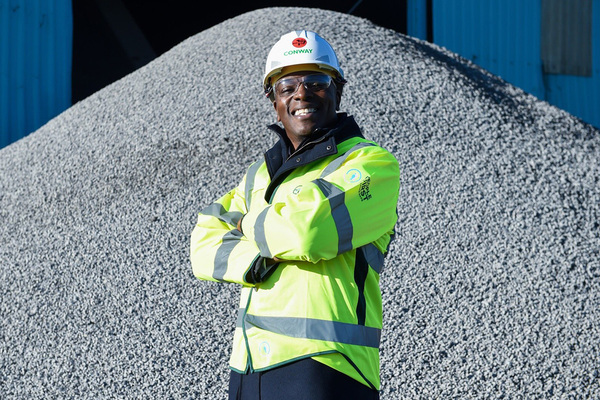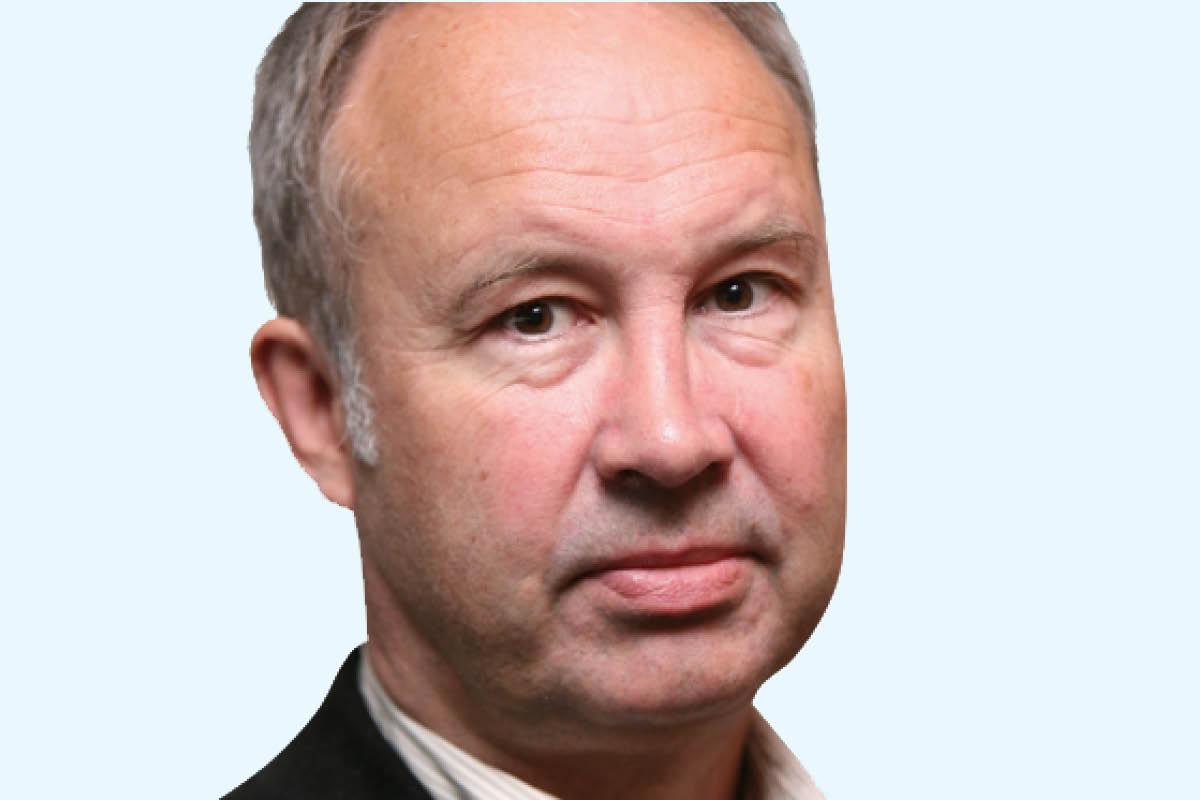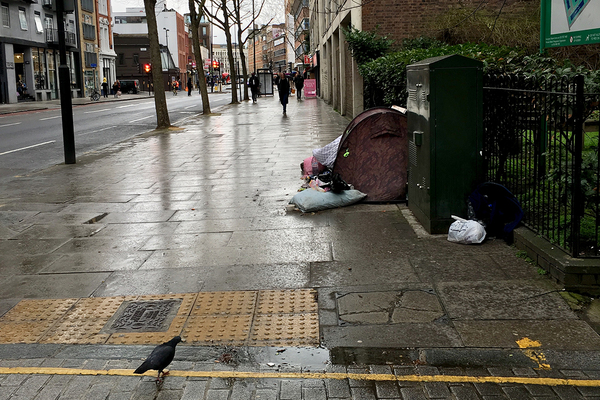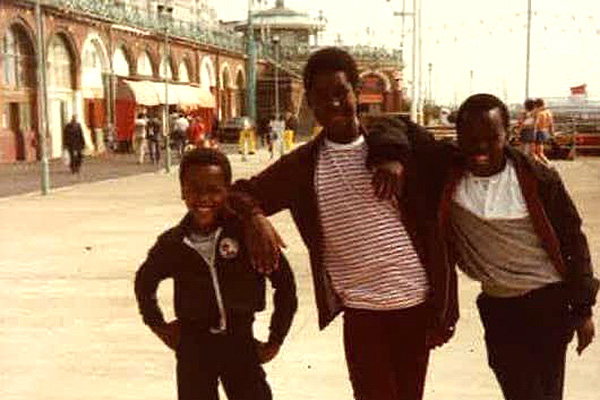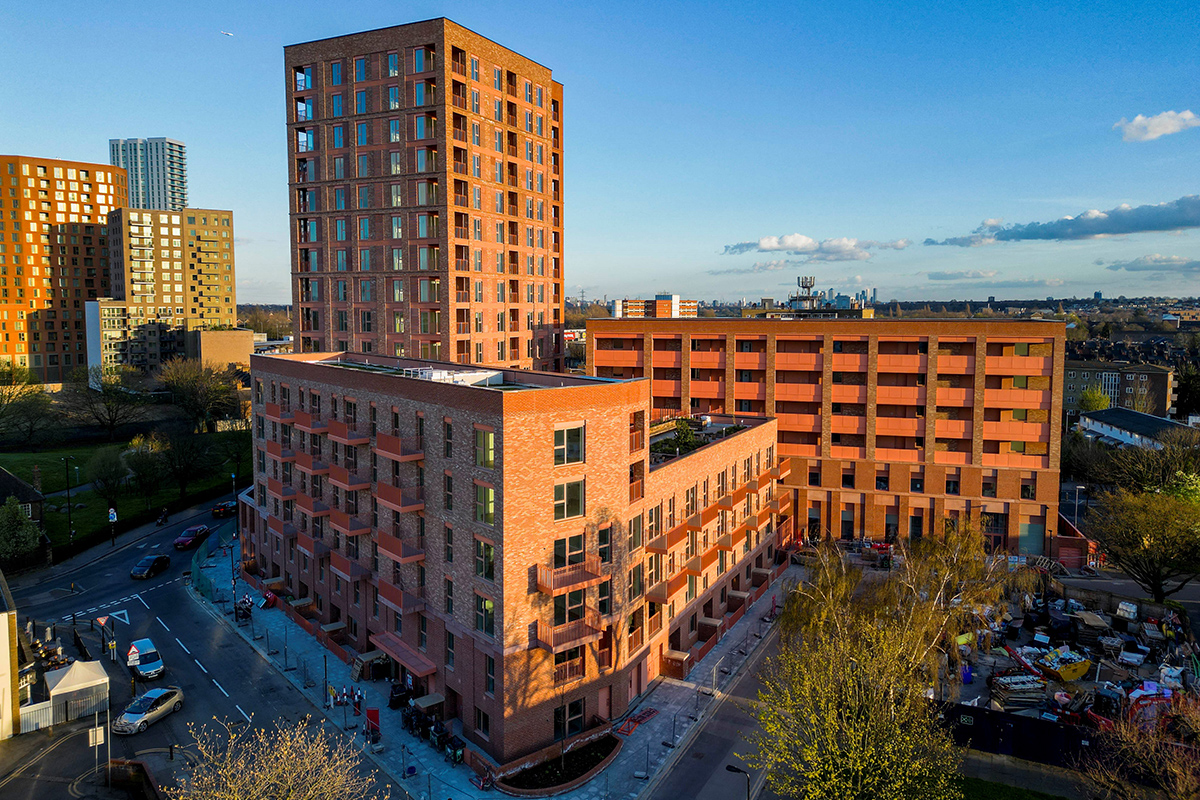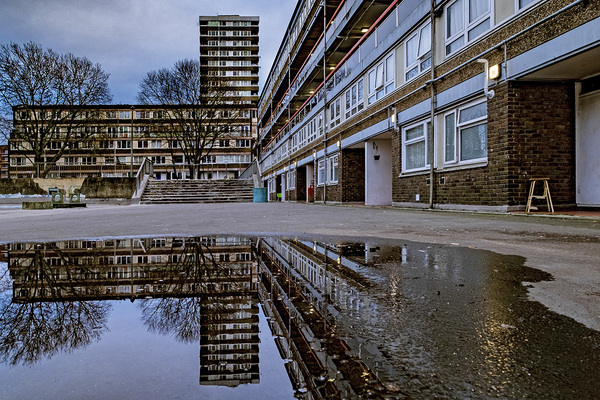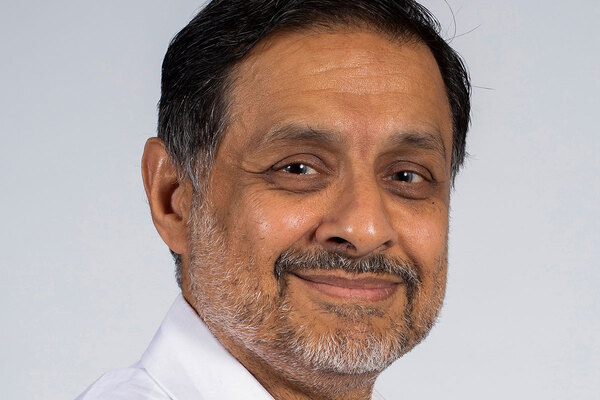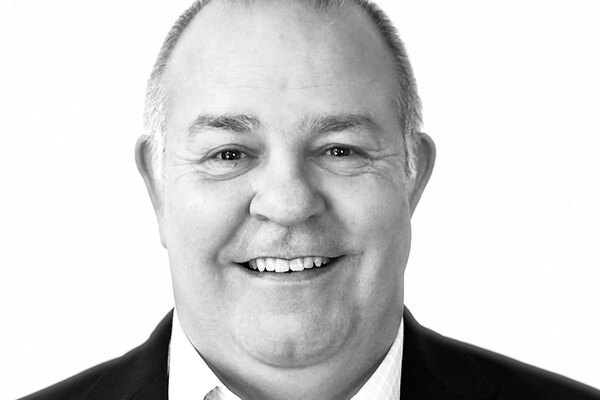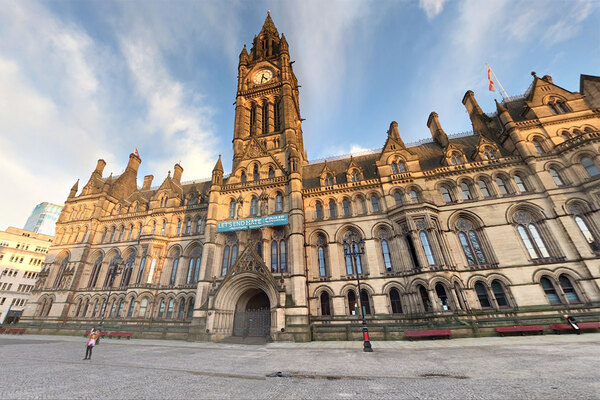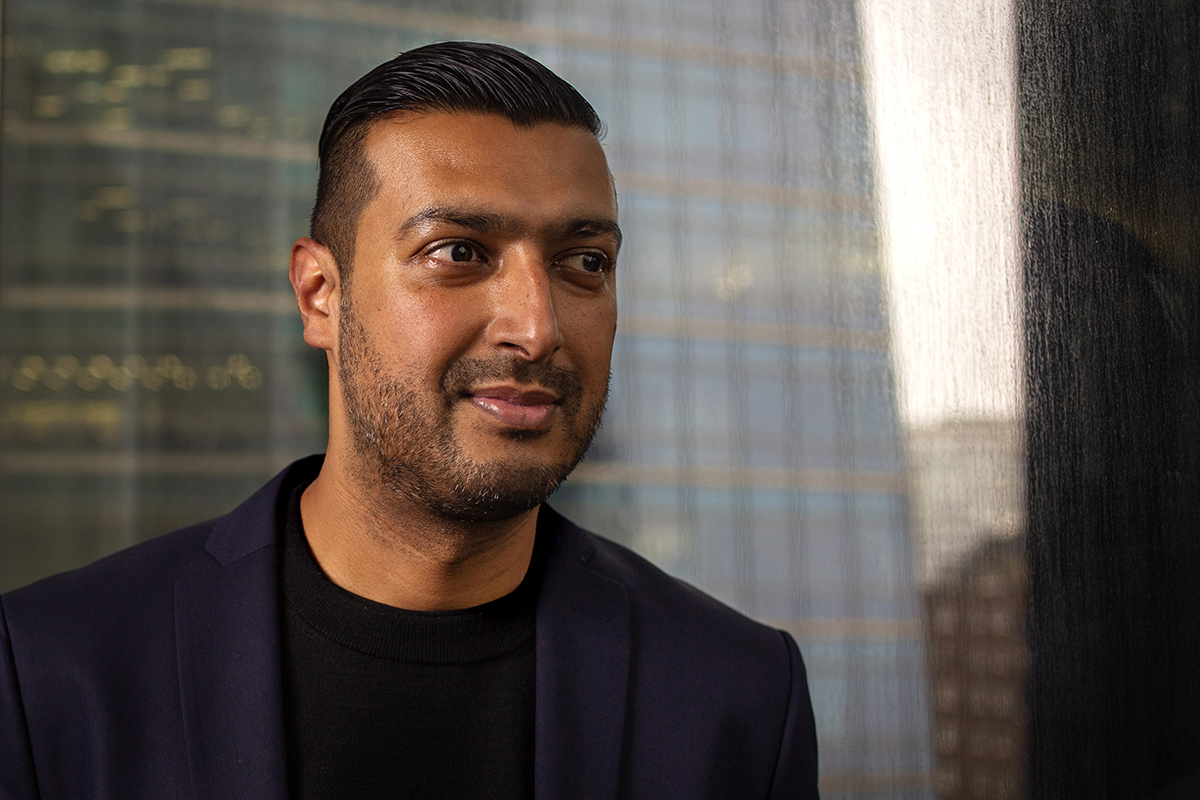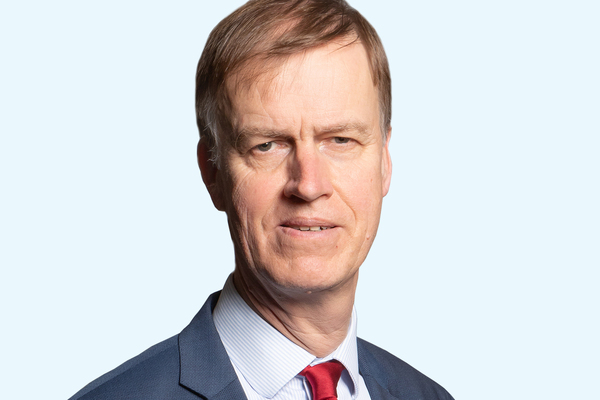You are viewing 1 of your 1 free articles
Shaun Bailey’s pitch to London
Shaun Bailey is the Conservative candidate for London mayor. He talks to Peter Apps about affordable housing in the capital, his experience of social housing and the shared ownership model
Shaun Bailey made waves late last year with a promise to provide 100,000 homes for Londoners to buy at £100,000 each.
In a city where average house prices top £650,000, this sounded too good to be true – and it was. The Conservative candidate for London mayor was actually promising shared ownership homes where a minimum stake could be purchased for £100,000.
“I grew up in council housing, got to 18 and was basically out on my ear [with] nowhere to go,” he says. After a lengthy period sofa surfing and bouncing around rented homes, he was able to get a shared ownership home and is now a fully fledged homeowner.
“I spent my entire existence just trawling across London trying to find the cheapest rent, so I’m trying to get people away from rogue landlords and into much more secure situations.”
But while Mr Bailey talks up his left-wing credentials (“if the Tories have a left wing, I would probably be it”), there is no escaping that this is a policy straight out of George Osborne’s playbook: the transfer of housing grant towards homeownership products rather than rent. Would this not be a backwards step in a city that has a pressing need for more low-cost rental housing?
“Let’s be clear, I will continue to build social housing,” he says. “I was born in social housing, I know the value of it and I will continue to build that as well. This isn’t instead of, this is as well as.”
Mr Bailey explains to Inside Housing that the ‘100,000 homes’ pledge is in fact his overall target for affordable homes, of which “a very good proportion” will be for shared ownership.
He says this differentiates him from his Labour rival, the incumbent mayor Sadiq Khan, as Mr Khan’s “approach has been to only build social housing”.
This is not correct. Mr Khan built 11,460 shared ownership homes compared with only 4,207 social rent homes in his first term and has set out plans to continue funding homeownership products should he win a second, as part of a mix of 82,000 overall homes (albeit with a larger proportion of social rented).
So in reality, the difference in Mr Bailey’s offer is stretching the money to cover a further 18,000 homes and making a larger proportion of them shared ownership. How is he going to afford all of these additional homes with a £4bn pot?
Mr Bailey says he would in fact have £6bn to play with as Mr Khan has spent “less than half the £4.8bn” he was originally given for the period from 2016 to 2021.
Once more this is not quite right – as at September 2020, Mr Khan had allocated £4.24bn of the £4.77bn available to him, leaving a £533m shortfall. It is true that only £1.63bn of the allocated funding has been actually spent, but the remainder is contractually committed and would not be available to the next mayor to reallocate to new schemes (as a percentage of grant is paid on completion).
Mr Bailey adds that he is also confident that the market would welcome a greater proportion of shared ownership homes and would be willing to “do deals” to build social rented housing as a result. “[Shared ownership] is more attractive to developers,” he says. “The reason developers are not building is because they can’t get the right return and they can’t get the return early enough. If you build shared ownership, they get the return earlier on, which entices them to build more and more and more.”
Mr Bailey’s big pledge was awkwardly timed, coming less than 24 hours after BBC’s Panorama aired a programme raising serious concerns with the shared ownership model.
Asked about this, he emphasises that the product is being reformed to remove the aspects criticised by Panorama – housing associations will cover repairs for the first 10 years and leases will be extended to 125 years, meaning a costly extension will be 45 years away from the date of purchase.
“The first thing I would say is I lived in a shared ownership block and I became chair of our residents’ committee because of some of these issues. But I would say this, the new system is different,” he says.
Shaun Bailey aged nine (right) with his cousin and younger brother (left) on a day out in Brighton (picture: Shaun Bailey’s family)
But what of his promise that the homes would be available to ‘buy’ for £100,000? Inside Housing points out that purchasing an apartment worth £450,000 would leave the buyer with rent of £800 per month to pay in addition to their mortgage, plus service charges.
“I don’t accept your figure for first off,” Mr Bailey replies. “£450,000, that’s above the average. I’m talking about flats. I calculate it at £420,000. But the point is this: where these homes are largely built, they are below the cost because places like Westminster and Kensington skew the cost. So most of these homes are significantly below it. Around the £300,000 range is what I’m talking about here.”
This seems optimistic. Only one London borough has an average price anywhere near this level – Barking and Dagenham – and the average price in outer London is £438,671. Indeed, on the shared ownership portal for London, there are only 60 properties available with an open market value of £300,000 or less – almost all of them in Croydon.
Mr Bailey is, however, correct to say that the monthly cost of one of these homes (around £1,000) would be little more than renting privately. “Come on,” he says, when asked about the affordability. “Rent is there and more. I have lived almost everywhere in London because I was avoiding the highest rent or chasing cheaper rent,” he says. “I have a team of young people working for me now, there isn’t anybody who pays less.”
But what about those who cannot afford rent? London has 62,670 families in temporary accommodation, in dire need of state-subsidised housing. Will Mr Bailey’s plan to divert a greater amount of funding to shared ownership not leave them in the cold?
He says: “First, I will help that group of people, it’s a focus for me and providing large amounts of affordable housing is the way to do it. Second, a large number of those 62,000 wouldn’t be eligible for social housing. And third, Sadiq has demonstrated over a number of years that he can’t deliver them [new homes].”
The question on eligibility for social housing would depend on factors such as a local connection, but surely Mr Bailey is not suggesting homeless families could buy shared ownership?
“A large number of that 62,000 people would not be eligible for what he’s [Mr Khan’s] saying and would be eligible for what I’m saying,” he says. “You can get involved in this for around £24,000/£25,000 as a household income. That’s less than the London average.”
But even if we assume this is the income of London’s homeless families, surely the mortgage application process and the £5,000 (minimum) deposit would be a barrier? “I don’t think the £5,000 deposit will [be a problem], the mortgage application bit might be a bit tougher,” he says.
Pressed on his answer about how a family in temporary accommodation could put up a mortgage deposit, he adds: “They could save for it, yeah.”
Shaun Bailey visited FM Conway’s asphalt plant last year (Picture: Gustavo Valiente/Parsons Media)
Mr Bailey is insistent that social housing alone is not the answer for London. A key part of his case is that many Londoners would not qualify for the product.
“The point is housing in London should be for the broadest set of people. Lots of people work and that takes them away from social housing. When I was younger the only way to get housing was to be destitute, and I knew young people who would either lie about their destitution or just allow themselves to become destitute and that has social implications,” he says.
Mr Bailey is speaking of his own experience and there is no reason to believe this was not what he saw as a young person. But it is still a negative view of the people who qualify for social housing and one sometimes perpetuated by stereotypes – suggesting they are either lying or worsening their situation to jump the queue.
It is also certainly not the case that working means people do not qualify for social housing – in fact, in some London boroughs those who work locally are given priority. Challenged, he clarifies his answer: “You don’t have to earn very much for it to become an issue for you that you earn too much for social housing.”
Mr Bailey also shares a belief with others in his party that social housing estates would be better places if people owned some of the equity in their homes.
“How many Londoners have no stake in our society because they have no equity in London?” he says. “I desperately want to turn that around. I come from a very poor community. We had lots of violence, lots of graffiti, lots of rubbish on our estate; the minute we felt we owned the estate we turned that round because we thought we had a stake in it.”
Again, Mr Bailey is speaking from his own experience, but it is hard not to feel a little uncomfortable with his depiction of social housing estates and their residents.
What of the other big issue plaguing the housing sector at the moment, such as fire safety? Ministers have criticised Mr Khan for not doing more to ensure dangerous buildings in London are remediated quickly, so what would Mr Bailey do differently? Perhaps surprisingly, he turns the focus on the government.
“I don’t know that there’s anything you can do differently other than really, really press down on government to make sure they provide subsidies to get these buildings changed,” he says.
Does this not put him at odds with his party, which has said no further subsidy is coming beyond the £1.6bn already committed? “It’s got nothing to do with ‘against the party’,” he says. “It’s what’s right for London. There’s a lot of people in a very, very sticky situation.”
Mr Bailey talks passionately about the Grenfell Tower fire, which happened not far from where he grew up.
“I remember when Theresa May didn’t go down there [she attended the estate after the fire but didn’t meet residents],” he says. “It was embarrassing to be a Conservative at that point. I remember when I went down there, my mum’s church is around there, I had to explain a lot of things to people around why she didn’t come and it was indefensible.”
Mr Bailey is clearly determined to put some rhetorical distance between himself and his party. This should not be a surprise – the city he is fighting to win has voted resoundingly against the Conservatives in local and national elections since 2016. But on the basis of his housing policy, he is playing the party’s usual tune.
Sign up for the IH long read bulletin
Already have an account? Click here to manage your newsletters
